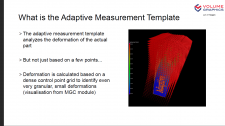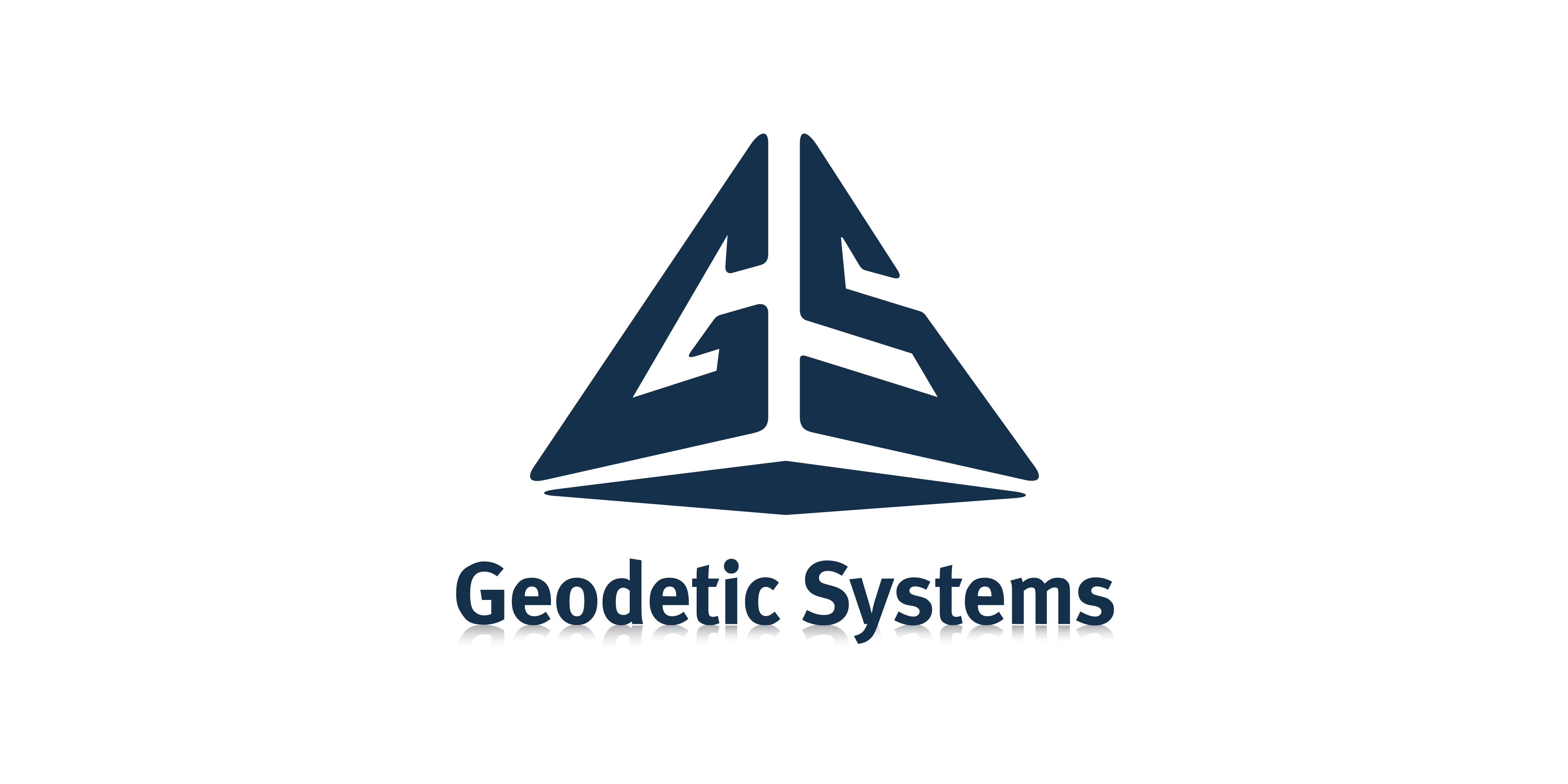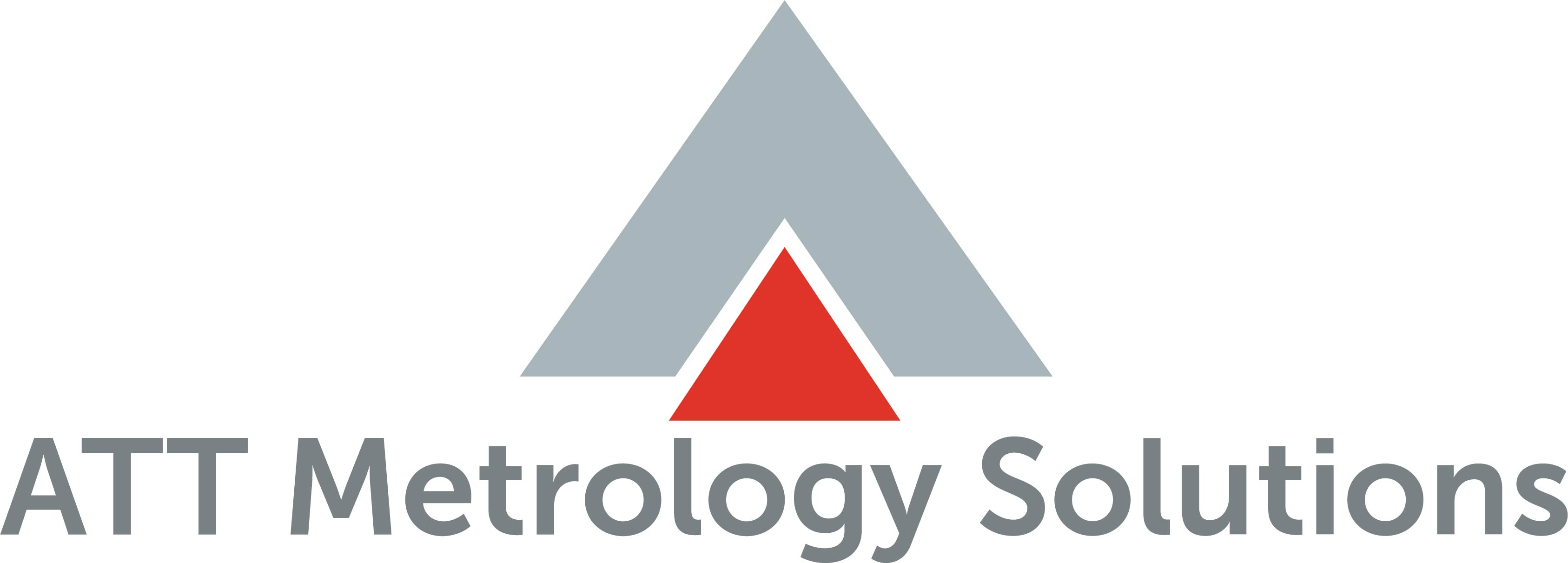
|
Download Members: $0.00 Non‑Members: $75.00 |
Buy Now |
Publication Details
| Published Date: | |
|---|---|
| Authors: | Gerd Schwaderer |
| Download Format: |
Abstract
Measuring distorted parts automatically without local coordinate systems and manual interaction using scanning and adaptive measurement templates. Larger deformations in the range of the wall thickness or initial size of measurement area per geometry element. Most use cases involve injection molding, 3DPrinting and sheet metal due to the larger likelihood of warpage.
Any beginning production of new parts involves a complex quality analyses using first article inspection (FAI) to analyze the shape, but also structural integrity of the part. The further off the shape is, the more work needs to be invested in measuring the correct areas which can lead to totally manual workflows. CT and optical scanning allow an automatic method of acquiring the whole shape of the part, but not to identify the to be measured features. An adaptive measurement template allows for the first time to directly convert a measurement plan onto distorted parts without manual intervention, saving 90% and more time for measuring first articles.
By analyzing the deformation happening in space in order to morph the nominal shape and the attached measurement template onto the very deformed first article, it is possible to find the correct location for metrology features such as planes, cylinders, cones, spheres or circles although the warpage is larger than the wall thickness of the part. This presentation will show how GD&T information and defect analyses such as a porosity volume can be seamlessly applied even to distorted articles.





